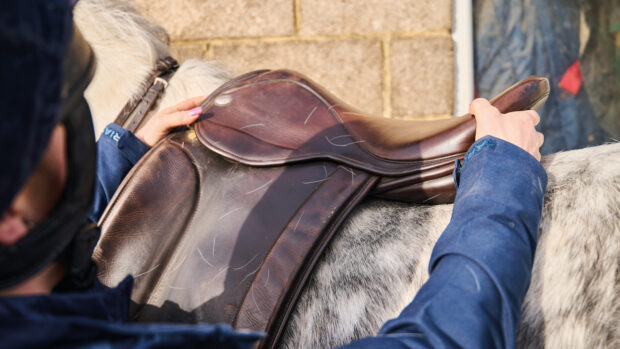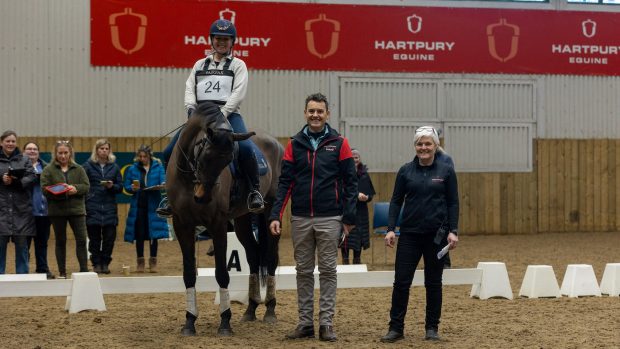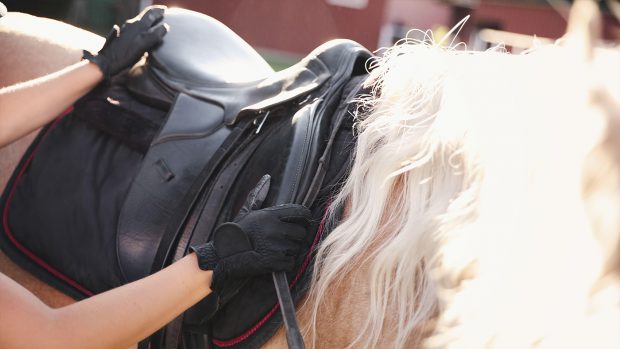Finding the right saddle for both horse and rider can often be a confusing process of trial and error. Where should you go? How do you know what sort of saddle will best suit you? Even a “cheap” saddle is a lot of money so it is important to get it right.
Getting the right saddle for your horse should always be your primary focus — but it’s also important to find one that suits the rider as well.
1. Get your trainer’s opinion
According to a former president of the Society of Master Saddlers (SMS), Laurence Pearman of Cirencester Saddles, there are 2 people best qualified to give advice — an SMS-registered saddle fitter and a rider’s own trainer. “A registered, qualified saddle fitter will thoroughly assess a horse and rider, take notes and keep records and templates. But the person who best knows the combination and their requirements is their instructor,” he says. “For this reason I encourage trainers to be present at saddle fittings to give guidance to both parties.”
2. Trial and error
To maximise the chances of finding the right saddle, SMS-qualified fitter Jo Beavis of the National Saddle Centre advises that saddles need to be tried and compared side by side. “Unless you know exactly what you want, a qualified saddle fitter who stocks a variety of different makes is likely to be a better option than a rep from a single company,” she points out. “Having different people representing different manufacturers coming out individually makes comparing saddles more difficult.”
3. Provide the right surface
Providing adequate trial facilities and being prepared on the day can improve your chances of finding the perfect saddle enormously. “Ensure that you have a flat, well-lit, hard surface where the horse can be assessed for conformation and movement and a suitable arena to ride,” advises SMS chief executive Hazel Morley. “And, if you are buying a saddle for jumping, it is a good idea to have access to some fences — but make sure these are in place before the saddler’s visit.”
4. The hand test
As a general guide, if you can place more than one hand behind you on the seat, the saddle is too big. If there is no space behind you, the saddle is too small.
5. Are your seat bones sitting comfortably?
You should be sitting on the flatter part of the seat and not feel any hard edges under the seat bones — if you can, the seat could be too narrow.
6. Can you maintain a 90° angle in your knee joint when riding at jumping length?
This angle allows you to get up off your horse’s back and stay in balance.
7. Do your knees come over the front of the knee rolls when you jump?
If so, chances are you need a saddle with more forward-cut flaps.
8. Can you feel your knee and thigh blocks all the time?
Blocks should help you maintain the correct position, but they shouldn’t force your leg forward or back.
Looking to sell a second-hand saddle? Follow our advice
This article was first published in Horse & Hound magazine (30 January 2014)




